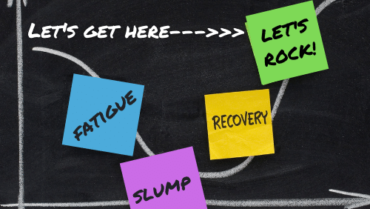Have you heard this marketing maxim: “People hate to be sold to, but they love to buy?”
That saying is right on the mark. Many marketers miss that mark by going overboard in their emails and other content. They need to realize that sometimes, the less you say, the more you accomplish. When you hype up a product on your blog, or send an email extolling a product with over-the-top praise, you’re more likely to repel prospective buyers than to attract them.
Overblown hype makes it obvious that your primary interest is getting your reader to buy, not helping them learn about a resource that may or may not be useful to them. If they sense that you’ve mainly got your commissions in mind instead of their best interests, you can count on losing their visits to your blog and having them unsubscribe from your list.
Cultivating a long-term audience means growing credibility and extablishing trust. And the way to do that is to drop the overblown hype and learn to be subtle.
Probably the best way of doing that is to explain how the product has helped you personally. Ideally, you purchase and use the product yourself. That may not always be possible, but there are other ways, too.
One way is to explain why a particular type of product works best for a given process. For example, if your content explains a particular woodworking project, do some research and find out which type of saw is most popular. If that happens to be a circular saw, just hyperlink the phrase “circular saw” with your affiliate link.
Such a link fits casually into the flow of helpful content, and you don’t need to overtly push the product. Make it natural for your reader to want to know more.
Your objective is to use curiosity and to strategically place anchor text that entices readers to click. In the flow of reading genuinely helpful content, your readers’ “spider senses” relax, and when they click your links, it’s natural; it’s their choice, made while consuming content that’s providing the knowledge they need.
This is pre-selling, quietly and gently. Explain how the product helps to accomplish the goal, and focus on benefits.
Let the sales page do the selling, listing the features and closing the sale.
Everyone’s looking for solutions. Explain how to solve a problem, and in the course of doing so, casually mention (and link to) a product that helps your reader implement the solution. Be the middleman who guides the reader down the right path. That’s all. Be helpful.
Be suble.

